Oldest Spiral Galaxy Makes Astronomical History
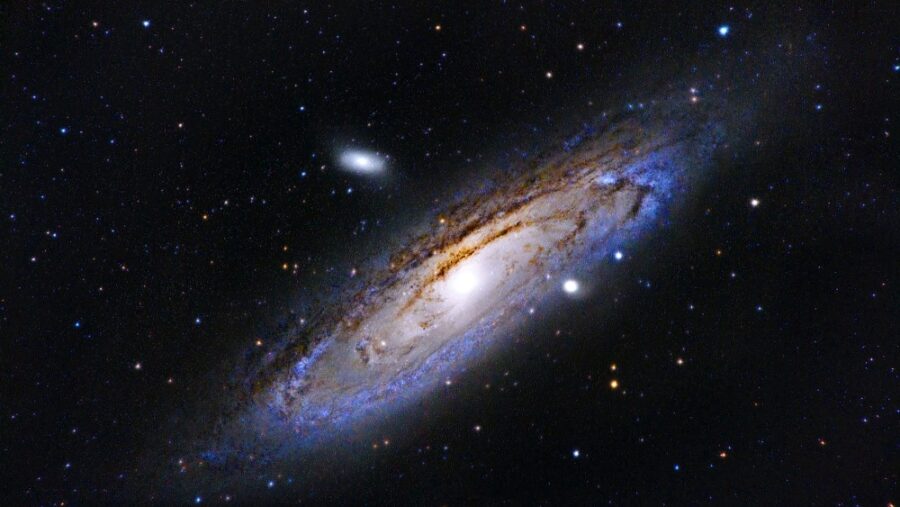
The universe’s oldest known spiral galaxy, BRI 1335-0417, has astonished astronomers, who observed a special, pond-like ripple in its gaseous disk. The galaxy is a staggering 12 billion years old. The finding significantly advances our understanding of galaxy formation and evolution.
First Ever Galaxy Ripples Observed

The ripples are a genuine shocker—observed for the first time in any galaxy; experts likened them to the ripples we all know from the surfaces of ponds. Technically, however, they indicate vertical oscillations in the galaxy’s disk. This phenomenon could provide significant insights into star formation in BRI 1335-0417. Chile’s gargantuan series of telescopes, Atacama Large Millimetre/submillimetre Array (ALMA), recorded these groundbreaking observations in the spiral galaxy. The South American telescopes are renowned for their ability to observe gas and dust in detail.
What Makes This Spiral Galaxy Unique
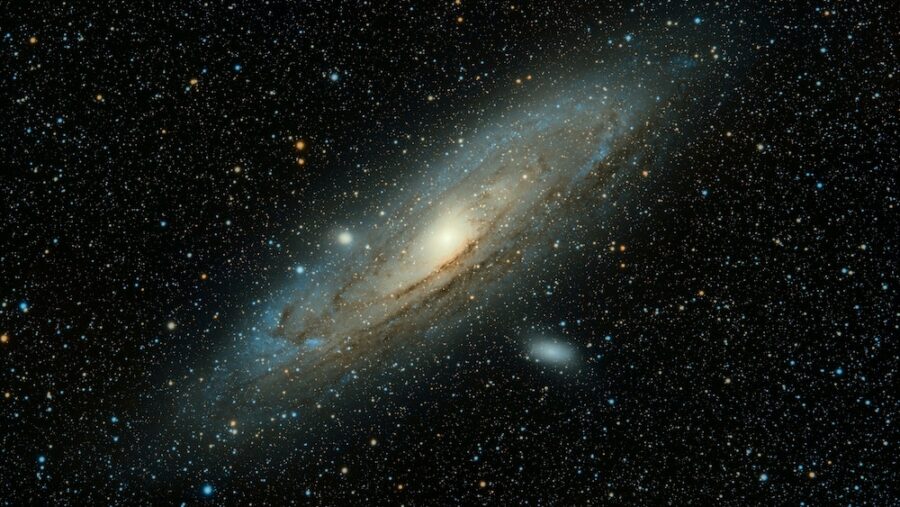
Scientists regard BRI 1335-0417 as noteworthy for its evidenced rapid rate of star formation—a speediness greatly exceeding that of more modern galaxies, like our Milky Way. The ripples imply an external influence, such as interactions with another galaxy or an influx of gas. The latter could neatly explain the 12 billion-year-old galaxy’s efficient conversion of gas into stars.
The Central Bar
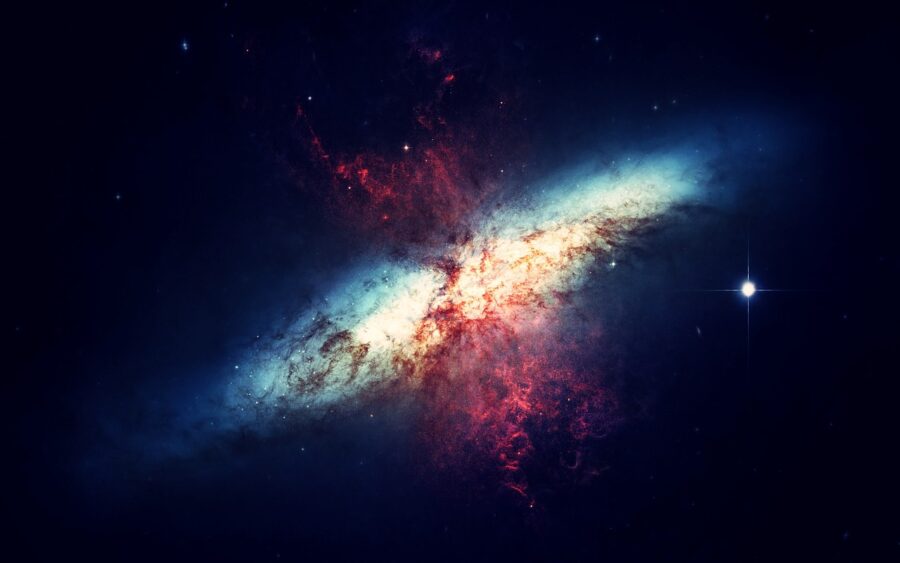
ALMA also made a separate, significant discovery: the existence of a central bar in the spiral galaxy. Propelling the births of stars and perhaps even the activity of galactic nuclei, bars in galaxies such as BRI 1335-0417 funnel gas from the arms toward the center. The oldest known galaxy in the universe displays a bar measuring 3.3 ± 0.2 kiloparsecs.Scientists theorize that, by conveying gas to the nucleus, the bar might drive the galaxy’s uniquely fast evolution.Generally, spiral galaxies display bars. Research suggests that more than 25 percent of all galaxies like BRI 1335-0417, including the Milky Way and its nearest neighbor, the Andromeda galaxy, feature them.
Bar Cycle Theories
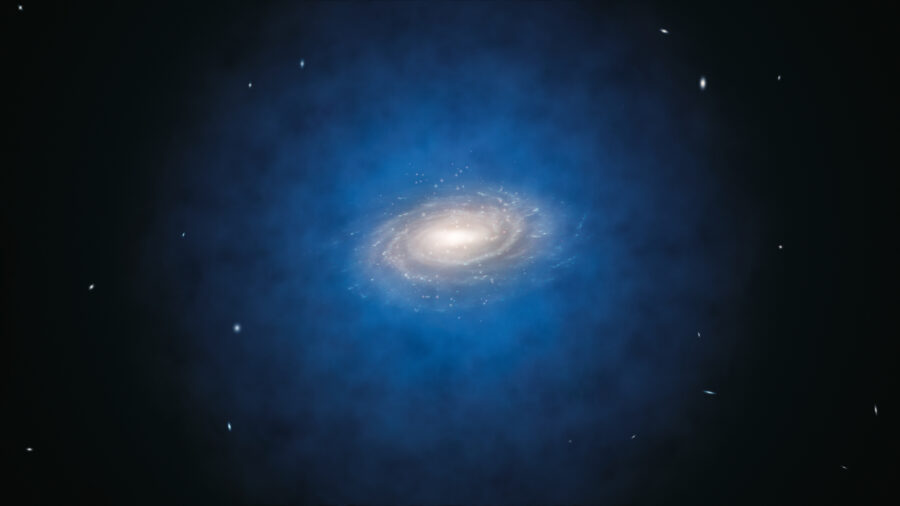
Sometimes, the bars exist temporarily–perhaps over two billion years, before decaying. At which point, barred spiral galaxies shift into plain old spiral galaxies. Astronomers also theorize said bars could be cyclical—emerging and declining over and over. This would help explain their prevalence. Interestingly, prevailing theories and assumptions about galaxy evolution are challenged by the existence of a bar in such an ancient galaxy. Scientists previously thought bars occur only as the final act in a galaxy’s evolution and usually from pre-existing stellar discs. However, thanks to the spiral galaxy BRI 1335-0417, experts cite a different mechanism and hypothesize star-creating; gaseous bars can instantiate at other, earlier stages in gas-rich disks.
Another Study In Understanding Galaxy Formation
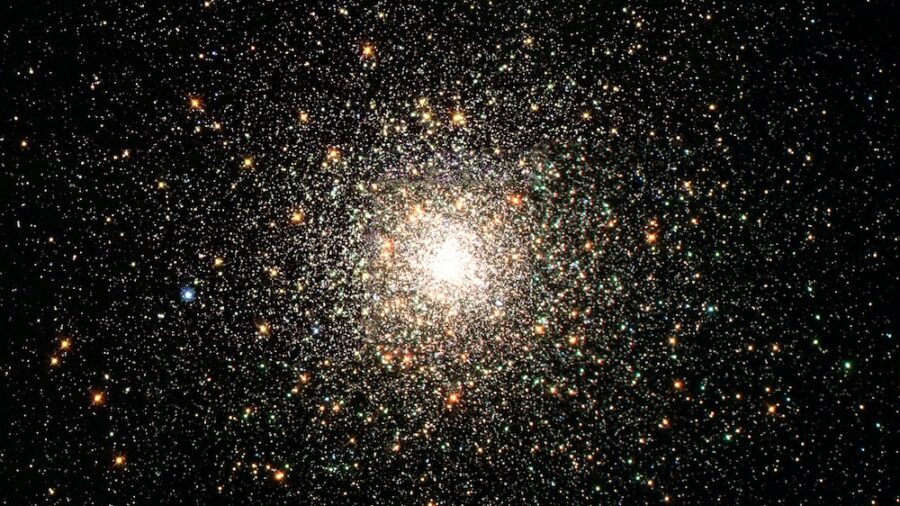
Moreover, the ripples detected alongside the central bar in BRI 1335-0417 leave astronomers little choice but to reconsider the stability of gas disks in ancient galaxies. Mainly, they’re motivated to postulate recent activity, whether involvement with other galaxies or the impact of substantial gas clouds, as the source of the ripples. Could the ripples in the gaseous disk of the universe’s oldest spiral galaxy mean the start of a sci-fi horror movie? Let’s hope not. Either way, the discovery advances our understanding of the dynamics of early galaxy formation. Through ALMA, we’re able to glimpse the cosmic past and glean extraordinary insights about the intricate mechanisms shaping spiral galaxies.












